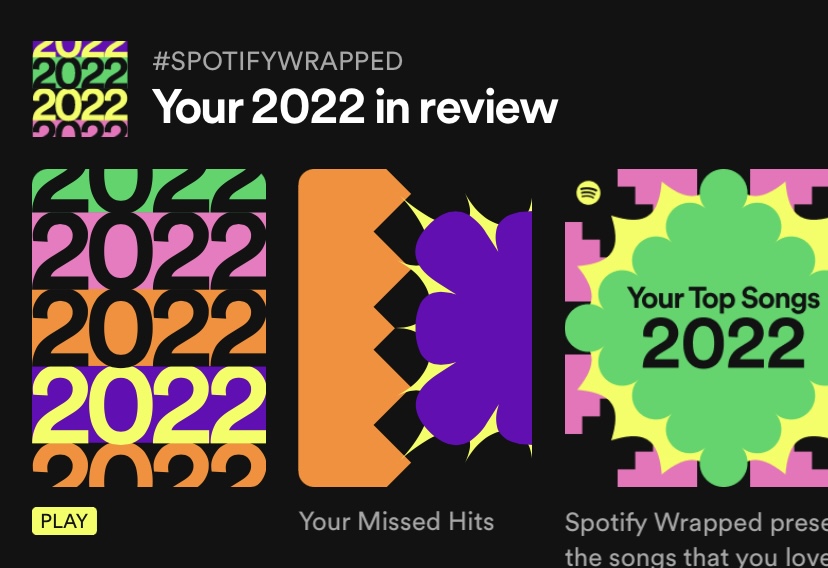
On Wednesday, Nov. 30, Spotify users were able to see the official data on their music interests and activity for the past year. Spotify Wrapped is an annual campaign where listeners can see their top five artists, how many minutes they listened to music on the app, a curated playlist of their top 100 most played songs and other aspects of their account.
They use it as a time to reflect on how their year truly went based on the music they listened to the most. Spotify users flock to social media to share and discuss their own Wrapped and compare it to their friends and followers. It has become so popular that it has influenced Apple Music to release a campaign called “Apple Replay”, where users of this platform can see their own data.
Spotify Wrapped was introduced in December 2016 and is released annually on a different day towards the end of November or the beginning of December. Users eagerly and anxiously await for this time of year to see if there are any patterns or surprises within their listening habits.
The customized and interactive experience of Spotify Wrapped is what makes it so popular. Starting in 2019, Spotify Wrapped began to use a format similar to an Instagram Story, where users can tap through to see their personalized stats. Artist Jewel Ham, Howard University Alum, claims that she developed this format while she interned at Spotify, yet did not receive any credit for it. Spotify has denied these claims.
The story format makes it easier for users to share on their social media, which helps boost the app’s engagement and attract more consumers. The Wrapped also utilized pop culture references and internet slang (which can be argued to be the appropriation of AAVE) to relate to younger audiences. Each year, new elements and statistics are utilized to enhance the experience of Wrapped and to keep listeners entertained.
A new addition to 2022 Wrapped was a Myers-Briggs-inspired “Listening Personality”, created based on the music they stream and certain traits users exhibit while listening to said music. Last year, Spotify introduced “Audio Aura” which shows colors that are supposed to represent the energy/mood of their music taste. Utilizing trends from that past year formulates nostalgia for listeners and help them reflect. This also shows how companies and brands pay attention to what Generation Z likes to consume to gain more customers and make more money.
These elements also encourage listeners to converse with their friends about their results and post them on their social media. Makenna Underwood, an active and long-time user of Spotify, shares her Wrapped results to connect more with other listeners.
“I feel like I’m a part of a community even if it is only for a short period of time.”

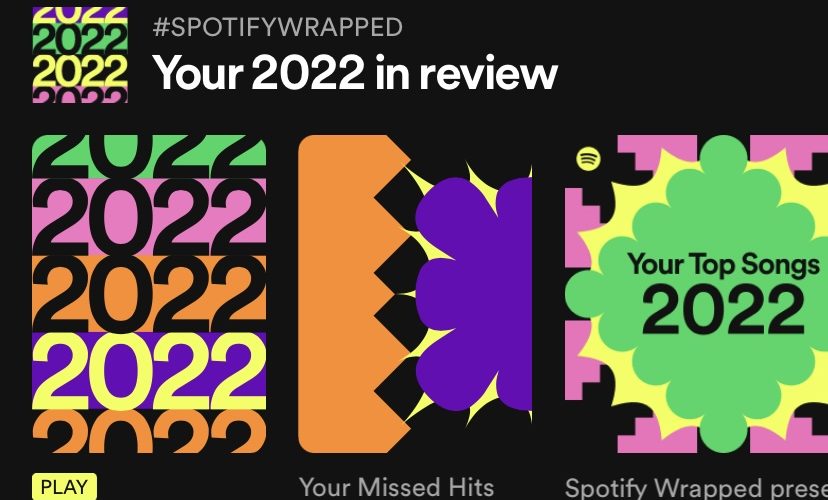

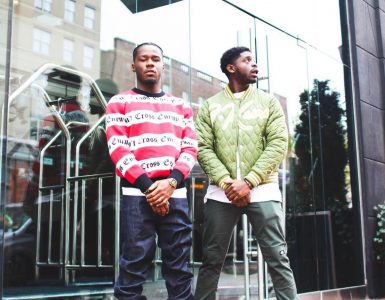




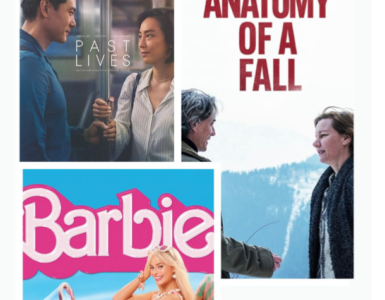
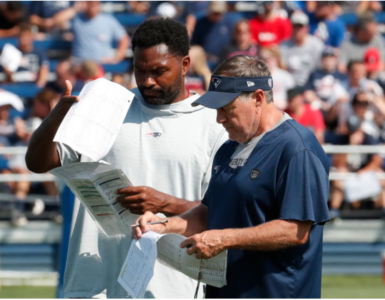
Recent Comments